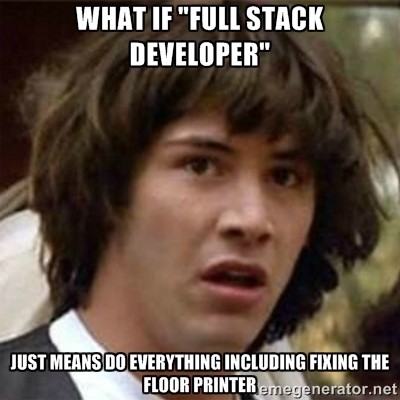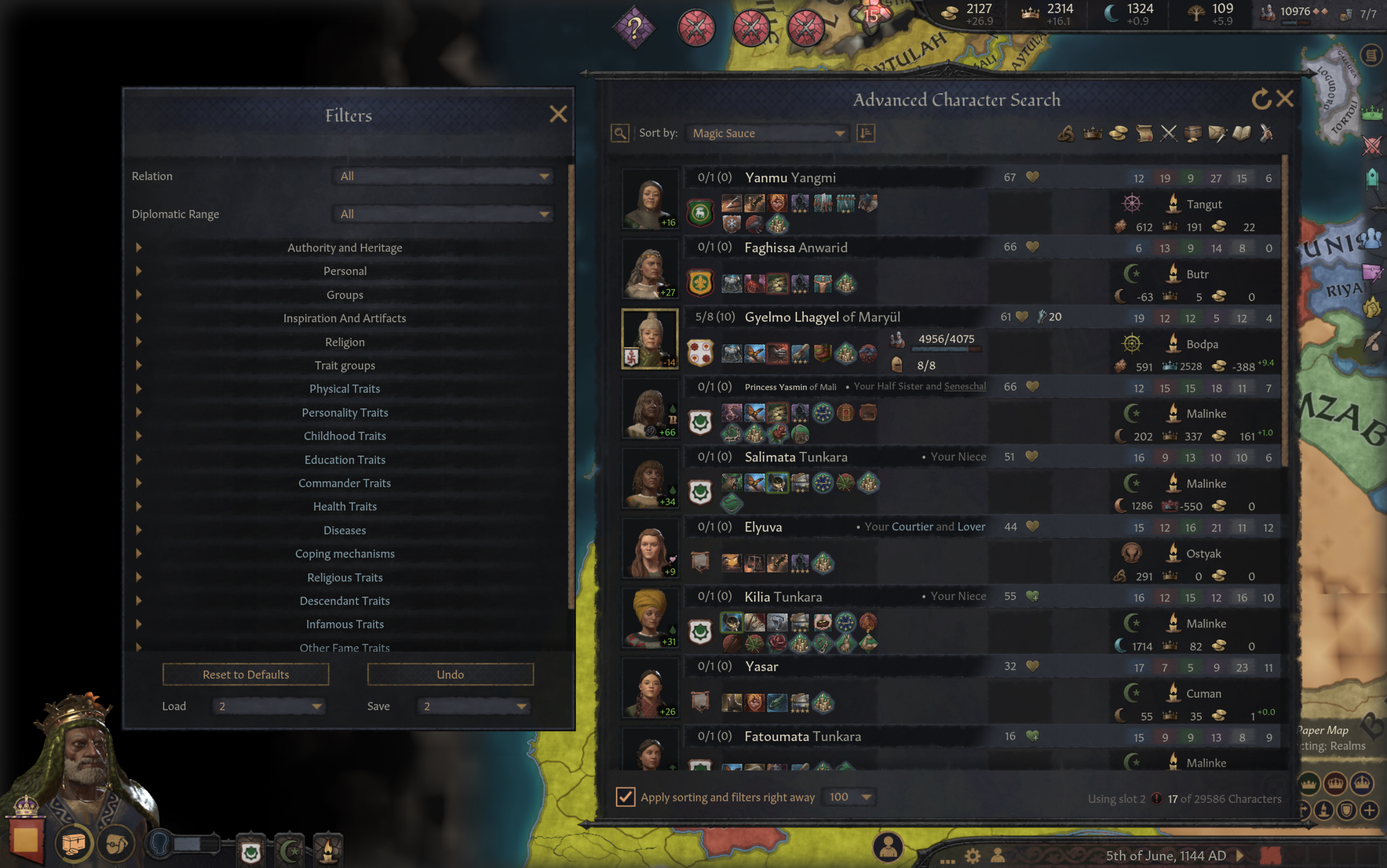Fullstack of all trades, master of none
May 9, 2022 (2 years ago)

Fullstack engineers are expected to be able to architect backend solutions, as well as be a gun on the frontend. There's much more to learn after SCSS, LESS, BEM, JS, frontend folder structures, Jekyll, and frontmatter and markdown, and the npm ecosystem.
There's Typescript patterns, AWS services, serverless architectures, using CloudFormation templates / aws-cdk / SAM instead of the AWS Console, Cognito, EventBridge, AWS architecture, and patterns and systems for good API systems in node.
Backend development is tough. Compared to frontend, it is an unforgiving landscape. You've got so many things to juggle:
- auth (if that's broken, disaster)
- user data (if that's lost, disaster)
- user preferences (if those are related to email, disaster),
- user files (if those are gone, disaster)
- logs (if they aren't showing, disaster)
- config files (if you edit cli files, headshake)
- your code (everyone will be looking and judging)

Along with many other things that are out of your control, like 'why is login taking so long?' (ask Beffery Bezos), 'why can't a user get the 'confirm email' email' (Beffery sends those too), 'why is the rum gone?' (i dunno, Beffery stole it).
The rub
Having said that, there's a reason everyone's a fullstack now.

Business people want to get stuff done (and release their inner Lumbergh, "that'd be great"). Granted, that is a business reason. But also, getting stuff done is very important to small businesses and startups, and those same skills that large enterprises need as well. You want to make yourself as useful as possible; not arrange button padding on the titanic (2px to the left, please).
I'm just going to yeet this blog post out unfinished -- out is better than perfect. I am going to add a lot more in the next 7 years though, so bewarned!


